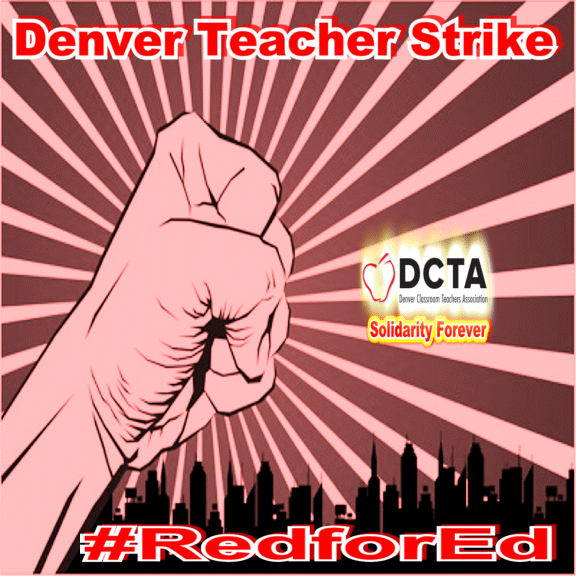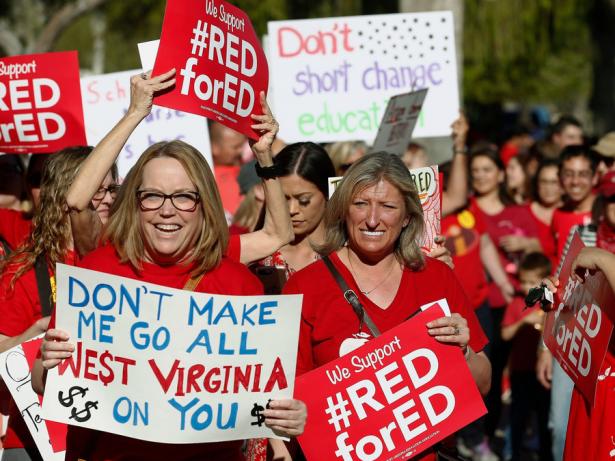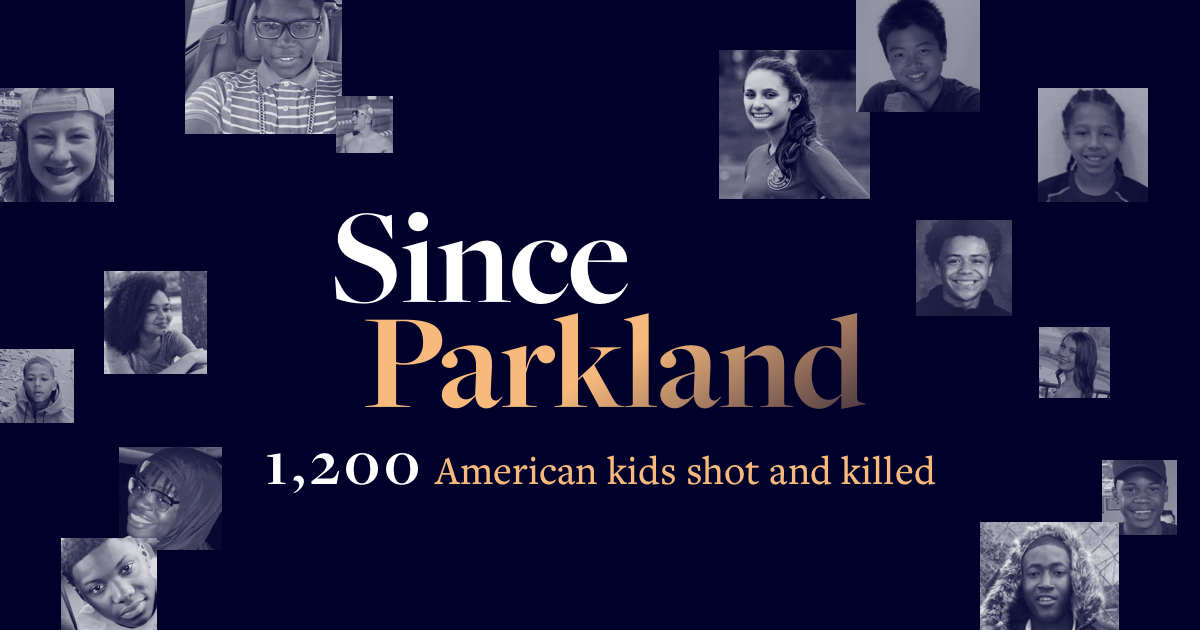Assemblyman asks state for ‘deep dive’ audit of Sacramento City school district
Assemblyman asks state for ‘deep dive’ audit of Sacramento City school district
Putting more pressure on Sacramento City Unified School District, under the threat of state takeover as it struggles to correct a $35 million budget gap, the assemblyman representing the district has requested a “deep dive” by the California state auditor into the district’s finances and decision-making.
Assemblyman Kevin McCarty, D-Sacramento, sent the letter last month to Assemblyman Rudy Salas, chairman of the Legislature’s Joint Audit Committee, and
posted it on Facebook last week. In the letter, McCarty echoed a recent independent audit citing a district “leadership issue” as the cause of the crisis, which ballooned after a 2017 deal with the teachers union for salary increases “that the district acknowledged were not affordable without significant budget reductions.”
McCarty said that in addition to a financial analysis by the state auditor, he wanted to know: “What were the district’s key actions that caused the crisis? Who made these decisions? Why were these decisions made?”
He asked that the audit answer whether the district took “reasonable actions” to remedy the budget shortfall, and for recommendations to avoid such problems in the future.
McCarty, who is married to Sacramento City Unified board member Leticia Garcia, is a longtime ally of teachers unions.
According to the district, four entities have reviewed or audited its finances – including the state’s Fiscal Crisis and Management Assistance Team (FCMAT), which
presented its findings in December – and district officials have determined that they must reduce spending.
“District staff is now working diligently to develop cost savings solutions to our budget challenges,” said district spokesman Alex Barrios in a statement to The Sacramento Bee. “To avoid a state takeover, our students and families need District staff to continue spending their time focusing on these solutions. We would hope that Assemblymember McCarty’s audit request does not divert staff time away from solving the problem we need to solve to save our schools.”
Most state audits are requested by legislators. While an audit of a school district is considered rare, in 2018, 27 of the 32 total requests to the state auditor were approved. In a statement to The Bee, McCarty said he expects the request to be approved.
After approval, the audit would be scheduled and then typically takes six months to complete. The district has said it will run out of money in November, and will know by this spring whether it will head into state takeover.




























